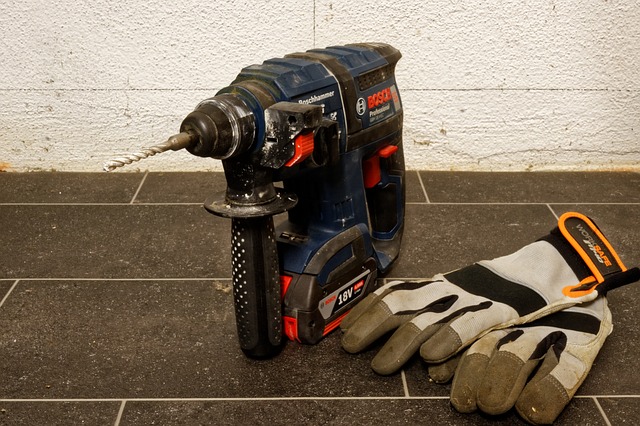INTRODUCTION
OHS: Occupational Health & Safety
Occupational Health and Safety and Occupational safety and health are interchangeable terms. OHS is also termed occupational safety or occupational health. It is defined as an interdisciplinary field of science that has sphered with the Health, Safety, and Well-being of humans at work.
For more detail, read: Types Of Economic Activities And Related Occupational Risks
OHS LAWS
OHS laws deal with health and safety-related problems at the workplace.
OHS Act
The Occupational Safety and Health Act of 1970 is referred to as the labor law of the US that governs the federal government in the United States as well as public law of occupational health and safety in the independent sector.
Common Law
OHS laws include common law that deals with the safe working conditions of the employees provided by employers. The negligence of employers can be taken into account under common law.
OHS laws aim to provide sufficient safe working conditions at the workplace. The OHS law has led to the formulation of OSHA which strictly implements health and safety standards.
Check out: Types, Sources, Effects of Science Laboratory Health Hazards
TYPES OF HAZARDS
There are six main categories of hazards at the workplace.
| Serial No. | Types of Hazards | Examples of Hazards | Sources of Hazards | Examples |
| 1. | Safety hazards | Oil spills, exposed wires, falls, | Unsafe working conditions, working from height – ladder, rood, etc | Physical injuries and in some cases this leads to death |
| 2. | Psychosocial Hazard | Workplace violence, stress, sexual harassment, | High job demands, poor supervision, working environment, | Mental health problems |
| 3. | Physical Hazard | Noise, radiations, height, pressure, fire, electricity | Environmental factors, machinery, poor soundproof installation system, gossips, light system, | Burns, deafness, irritation, ear pain, physical injuries, muscle pain, |
| 4. | Ergonomic Hazard | Lifting, vibration, chairs, keyboards, manual handling, | Poor posture, inappropriate workstation setup, | musculoskeletal injuries, tendon strain, epicondylitis. |
| 5. | Chemical Hazard | Solvents, chemicals, explosive, corrosive, toxins, flammable | Toxic/harmful substance at a workplace | Explosions, corrosion, blindness, skin irritation, respiratory problems, |
| 6. | Biological Hazard | Animals, insects, bacteria, viruses, | Dust, sewage, harmful plants, bodily fluids, blood, mold, harmful plants, | Skin irritations, allergies, AIDS, tuberculosis, cancer, |
You might also wish to read: What Is Environmental Toxicology And What Are Its Branches?
METHODS OF PROTECTION AND SAFETY FROM OCCUPATIONAL HAZARDS
The three key terms are necessary to remember before adopting the method of protection.
- Hazard: It is defined as something that can probably cause any kind of harm i.e. physical, chemical, etc.
- Outcome: The outcome is the probable harm (health complications) from any hazard.
- Risk: It is defined merely as the probability of a hazard happening.
Also read: Occupational Hazards of Carpentry – Causes, Effects, Control
There are six ways/methods of protection and safety from occupational hazards. These methods are usually used in the hierarchy to explain the risks associated with hazards and the importance of safety recognition from hazards.
| Serial No. | Methods of Protection and Safety From Occupational Hazards | Description | Drawbacks | Ranks |
| 1. | Elimination: Eradicate the Hazard | It includes the eradication of hazard that is likely to cause any harm. | It is not achievable in most cases. | Most preferred option |
| 2. | Substitution: Switch the Hazard with Minor Risk | It includes switching hazards to an alternative option that causes less harm. | The substitution may bring new hazards. | Favorable option |
| 3. | Isolation: Quarantine the Hazard | This is possible by completely restricting access to hazard-causing equipment/plant/chemicals. | Natural event/negligence might cause exposure to hazards. | Moderate/Average option |
| 4. | Engineering Controls: Use professional tactics | It includes forming barriers between the hazard and the worker. It could be redesigning a process for achieving safety goals. | This control has a probability of hazard happening. | Less than Average option |
| 5. | Administrative Controls: Follow Standard Operating Procedures | It includes strictly following SOPs to avoid hazards. This is done through training, workshops, etc. | Negligence might lead to injuries. | Better than the least preferred option |
| 6. | PPEs: Wear Personal Protective Equipment | It includes dust masks, safety footwear, aprons, earmuffs, glasses, gloves, glasses, etc. PPEs reduce exposure to hazards such as noise, light, radiation, electricity shocks, corrosions, etc. | This option has temporary benefits. | Least preferred option |
Also check out: Occupational Health and Safety Conditions in Pakistan
I hope you all liked this post! Please comment below if you have any suggestions, comments, or feedback! We at #envpk love hearing from our readers! Thanks!




